Nicodemus
TPF Noob!
- Joined
- Jan 28, 2005
- Messages
- 14
- Reaction score
- 0
Okay. So I'm trying out some high-speed photography (for water droplets, etc) using a setup that I think is recommended elsewhere on this forum. I use a pitch-dark studio, set the camera to have an exposure of about ten seconds, then in the middle of the exposure click the flash. Here's the problem: it's waaaay over-exposed, practically completely white. I've tried messing with ISO settings, but it doesn't seem to help. I'm a major newbie at photography, so don't know much about using a flash. For practice (thank God) I've been using a digital camera, so I'm not wasting film, but I can't figure it out. Any ideas what I'm doing wrong? :blushing: Thanks.


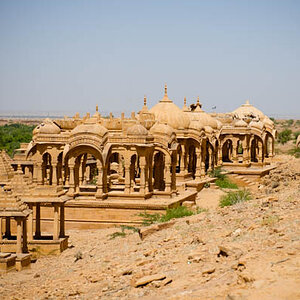
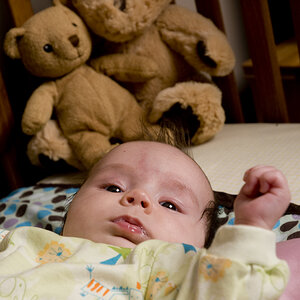
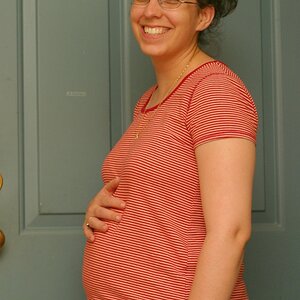
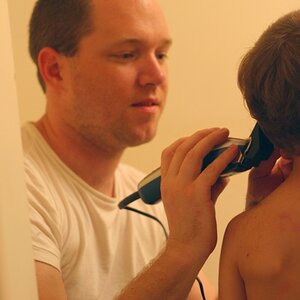
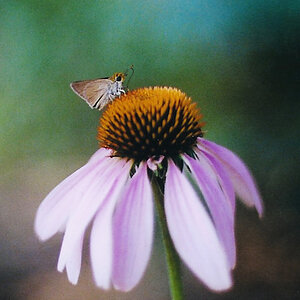
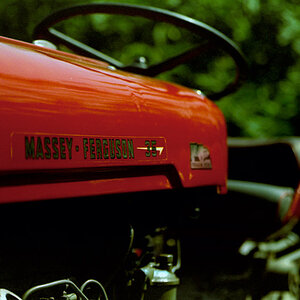
![[No title]](/data/xfmg/thumbnail/34/34148-864c8cb333c478b2dfb9e369908dc329.jpg?1619736320)
![[No title]](/data/xfmg/thumbnail/30/30988-aef3845b94a67d6dcce6e4e59d5d66c3.jpg?1619734553)
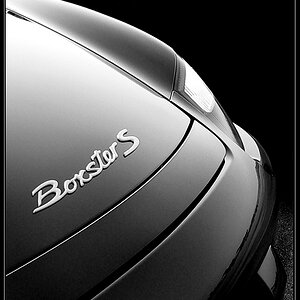
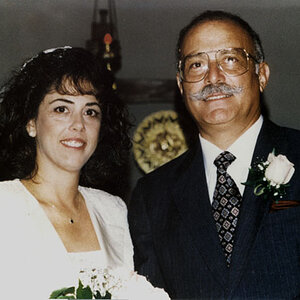
![[No title]](/data/xfmg/thumbnail/39/39291-a89dc472765e04f66f617dd9acc8030d.jpg?1619738958)
